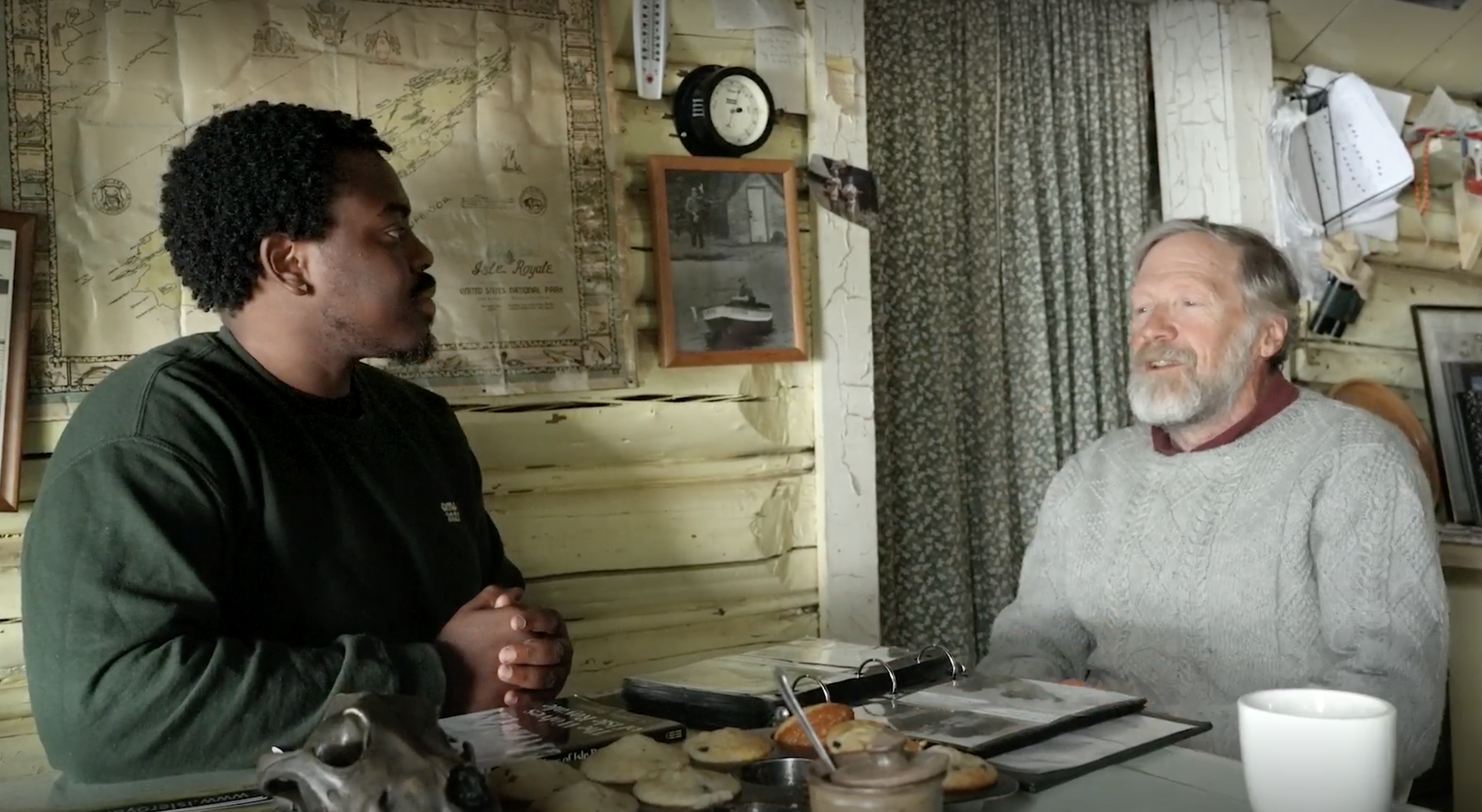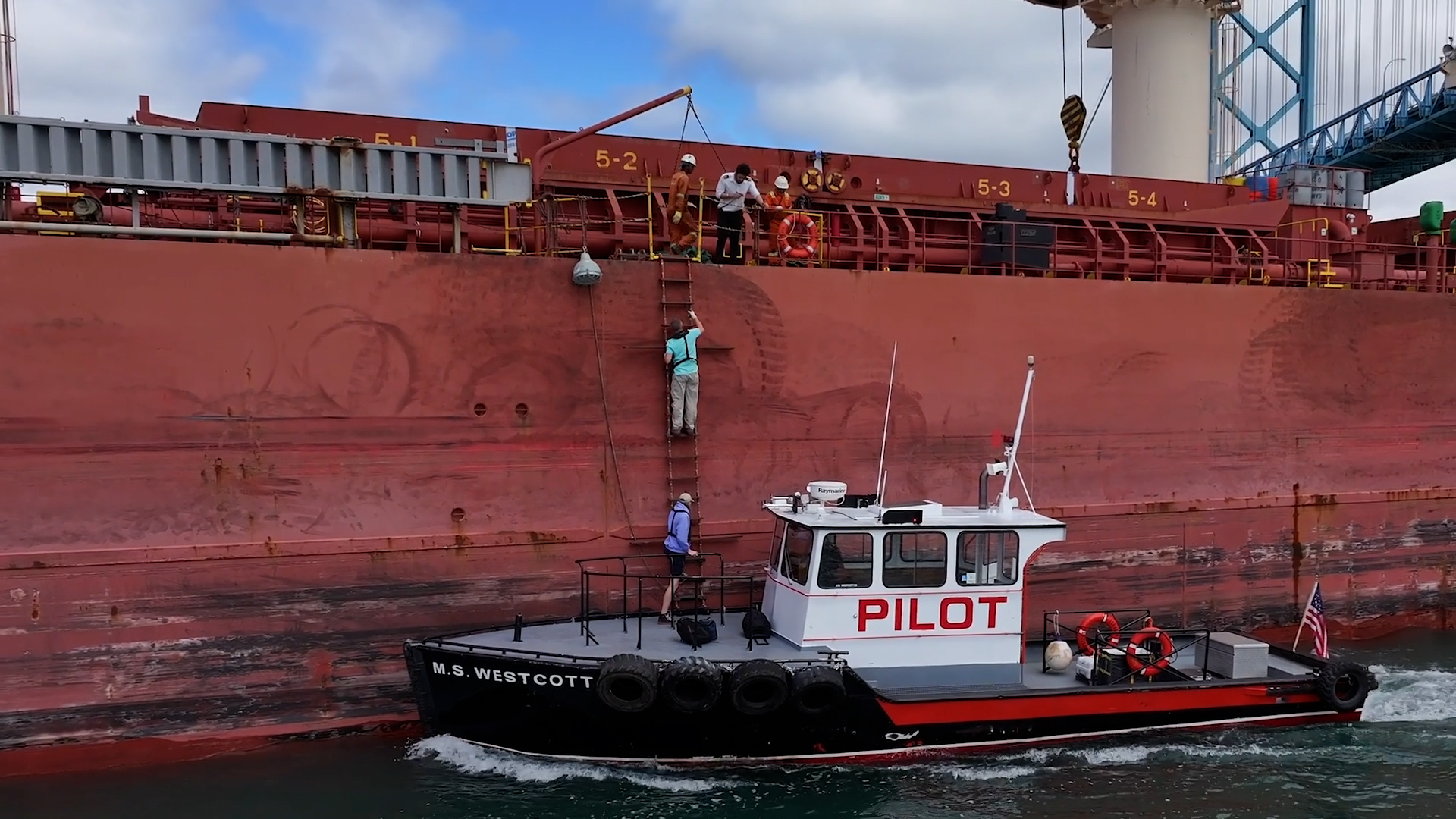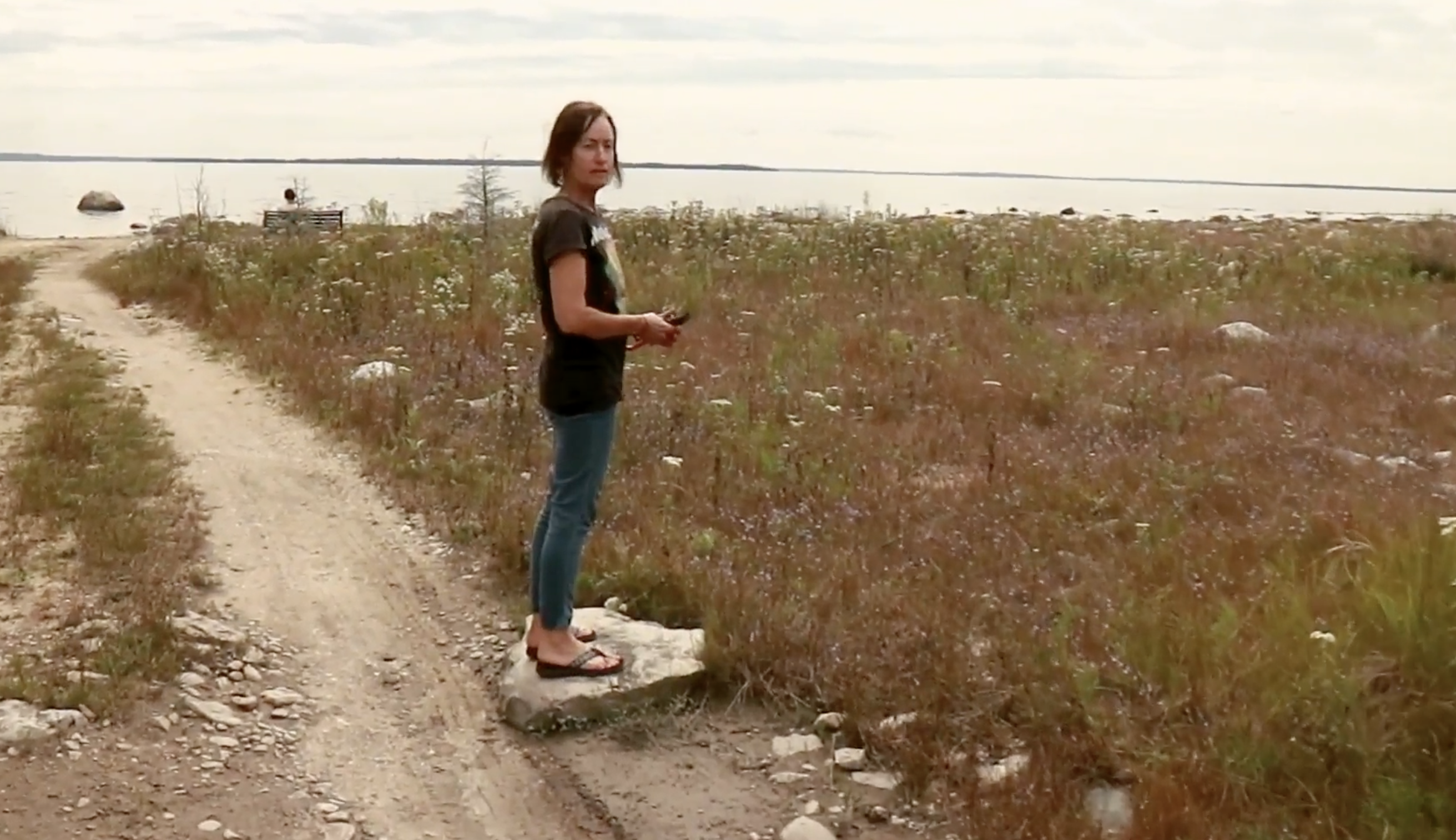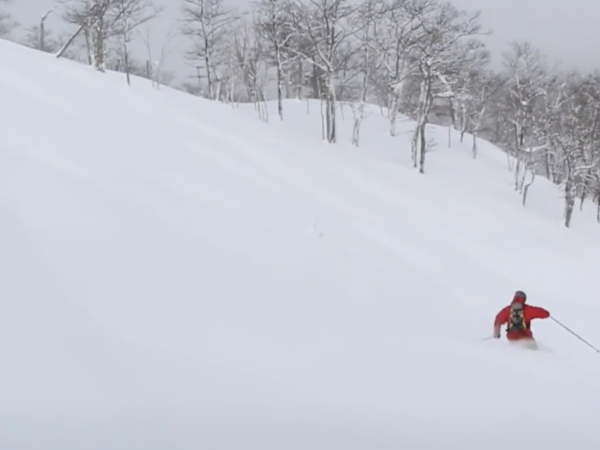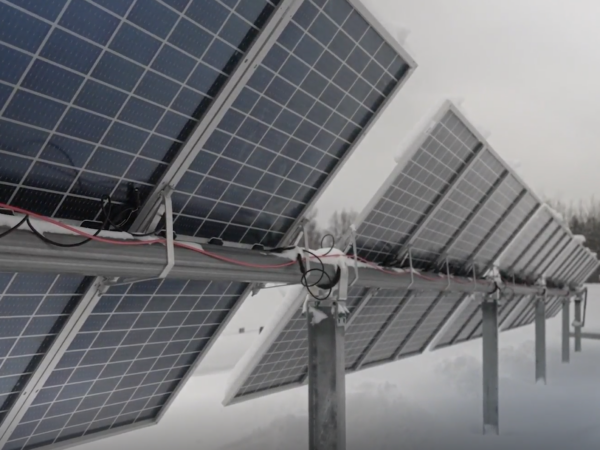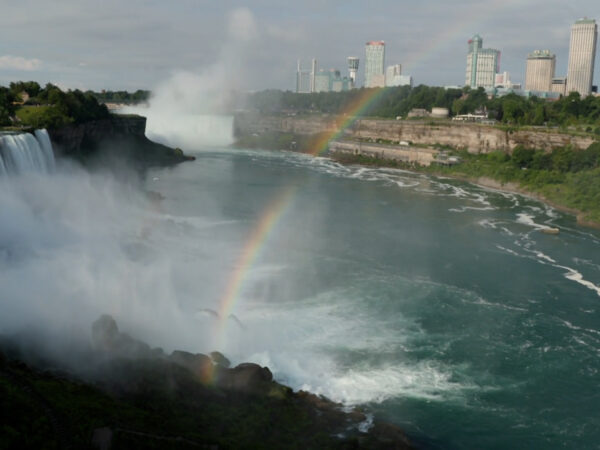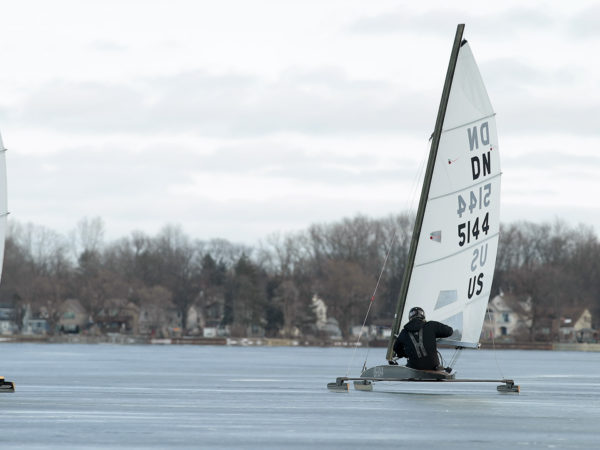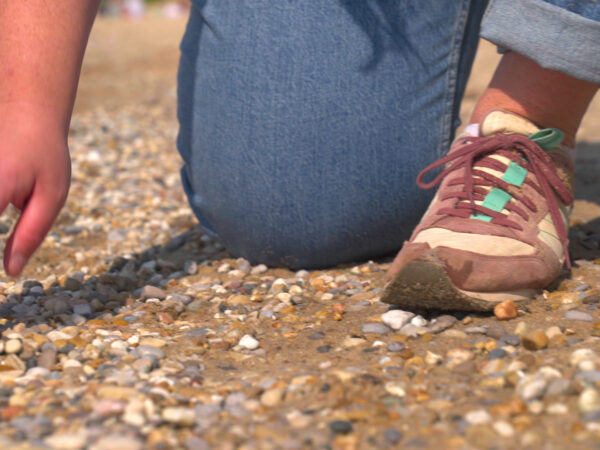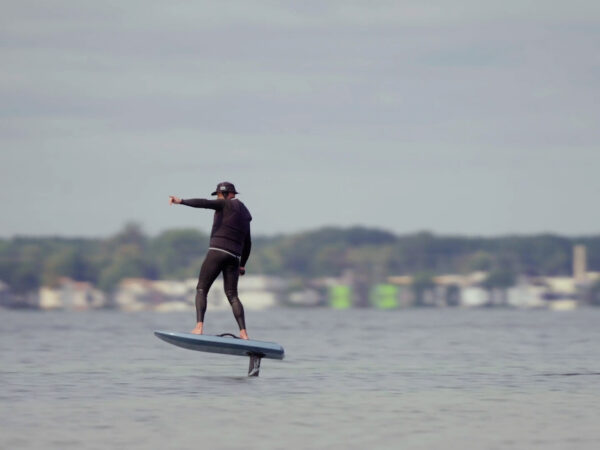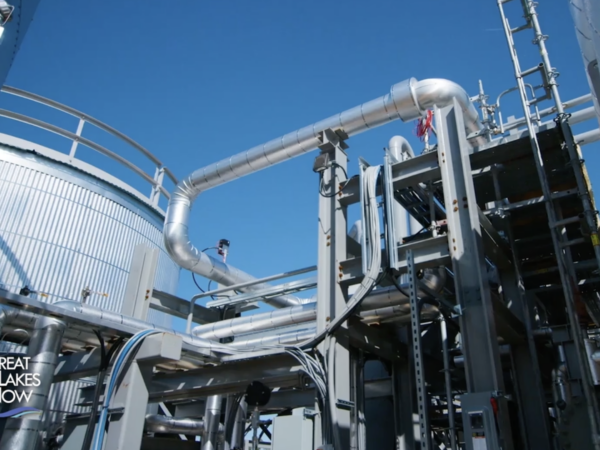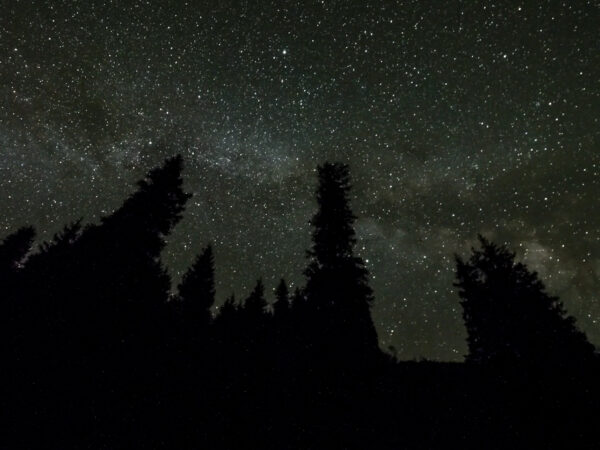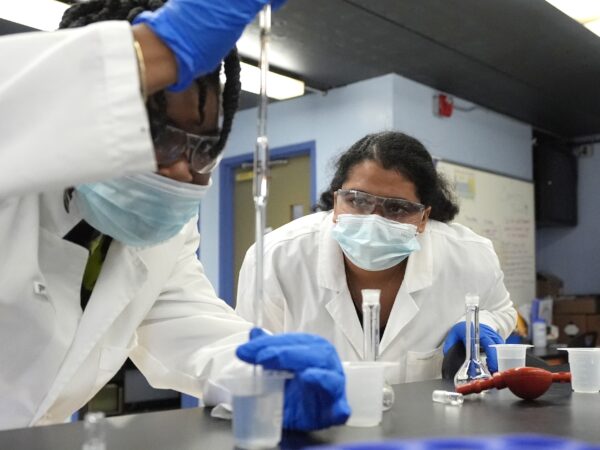IN THIS EPISODE:
In this episode of Great Lakes Now, visit the remote Isle Royale National Park to learn how wolves and moose are shaping a delicate island ecosystem, see what goes into piloting oceangoing freighters passing through the Great Lakes, and The Catch offers even more news from around the region.
GREAT LAKES LEARNING:
Explore this month’s hands-on lesson plans designed to help your middle schoolers understand the Great Lakes — all at home or in the classroom. They’re aligned to education standards AND free to download.
Lesson Plans
Have a question about the Great Lakes or life in the region?
Ask Great Lakes Now, and if we can answer it, we might loop it into our coverage so others can learn too.
Submit Your Question
When to Watch?
Check your local station for when Great Lakes Now is on in your area.
Premieres on DPTV
Monday, October 30, at 7:30 PM
STATIONS CARRYING THE SERIES
DPTV
Detroit, Michigan
WEAO
Akron, Ohio
WNEO-TV
Alliance, Ohio
WCML-TV
Alpena, Michigan
WDCP-TV
Bad Axe, Michigan
BCTV
Bay County, Michigan
WBGU-TV
Bowling Green, Ohio
WNED-TV
Buffalo, New York
WCMV-TV
Cadillac, Michigan
WTTW-TV
Chicago, Illinois
WVIZ-TV
Cleveland, Ohio
WKAR-TV
East Lansing, Michigan
WQLN-TV
Erie, Pennsylvania
WCMZ-TV
Flint, Michigan
WGVU-TV
Grand Rapids, Michigan
WPNE-TV
Green Bay, Wisconsin
WGVK-TV
Kalamazoo, Michigan
WHLA-TV
La Crosse, Wisconsin
WHA-TV
Madison, Wisconsin
WNMU-TV
Marquette, Michigan
WHWC-TV
Menomonie-Eau Claire, Wisconsin
WMVS-TV
Milwaukee, Wisconsin
WCMU-TV
Mt. Pleasant, Michigan
WLEF-TV
Park Falls, Wisconsin
WNIT-TV
South Bend, Indiana
WCNY-TV
Syracuse, New York
WGTE-TV
Toledo, Ohio
WDCQ-TV
University Center, Michigan
WNPI-TV
Watertown, New York for Ontario signal
WPBS-TV
Watertown, New York for U.S. signal
WHRM-TV
Wausau, Wisconsin
Isle Royale
SEGMENT 1 | Isle Royale National Park
After a nearly four-hour ferry ride from Copper Harbor, Michigan, Great Lakes Now Contributor Ian Solomon recently visited Isle Royale National Park to explore the numerous trails and learn about the unique ecosystem of the island. After some hiking and boating, Ian met up with Isle Royale mainstays: Rolf and Carolyn Peterson.
For the past 53 years, the Petersons have spent every summer living and working on Isle Royale National Park, and Rolf and his team of researchers also head there in the winter to gather information about the population of wolves and moose on the island. Tucked into the northwest corner of Lake Superior, the island is a remote wilderness paradise, and home to the longest-running predator-prey study on the planet.
New scientific tools have been gamechangers, according to Rolf. For instance, GPS allows the research team to pinpoint exact locations of moose and wolves, and DNA analyses have revealed some serious inbreeding among the island’s wolf population. “There were some serious problems in their spines,” said Peterson. “Every wolf had spinal defects, extra vertebrae, asymmetrical vertebrae, things that would cause problems if it was your dog, pain and ability to move appropriately.”
The new scientific data collected by Rolf and his team lead National Park Service officials to introduce nearly two-dozen new wolves to the island in 2018.
Meanwhile, Rolf’s collection of moose bones revealed some health issues in that population as well. The moose were developing arthritis. “This is a death sentence if you’re living with wolves,” said Peterson. “Wolves can detect any kind of an abnormality in moose and they’re looking for abnormalities which make them more vulnerable to predation.”
Ian learned from Rolf that the average lifespan of a moose on Isle Royale is about 10 years, and for Wolves, it’s only about four and a half years.
Carolyn Peterson has been working alongside her husband for decades on the island. “I want people who come to Isle Royale to leave with their faith in humanity restored.” She said humans have a vital role to play. “What I hope people realize is when you hear that phrase, let nature take its course, don’t write people out of nature. We are needed as never before.”
Here is other Great Lakes Now work on wildlife in the Great Lakes:
Nibi Chronicles: A beaver named Annabelle, her kin, and us
Salty Visitors
SEGMENT 2 | Lake Huron, Port Huron, St.Clair River, Lake St. Clair, Detroit River, Detroit
When the St. Lawrence Seaway opened in 1959, it meant that oceangoing vessels—with captains unfamiliar with the Great Lakes—would be sailing into these freshwater seas. In 1960, Congress passed the Great Lakes Pilotage Act, which requires all foreign flagged vessels entering the Great Lakes use the services of a U.S or Canadian pilot.
Piloting ships is a time-honored nautical tradition dating back to the ancient mariners of hiring someone familiar with the local currents and other hazards to ensure safe passage.
Great Lakes Now joined Captain Haynes on a recent downbound journey from lower Lake Huron to Detroit. Our cameras were rolling as he climbed a rope ladder dangling over the side of a freighter, navigated the tight turns in the upper St. Clair River to the wide open expanse of Lake St. Clair and finally disembarked in Detroit.
Whether Captain Haynes goes home from Detroit or travels to Cleveland for his next assignment is up to a team of dispatchers. They monitor vessel passages throughout the Great Lakes to ensure pilot services are available when needed. It’s a fluid puzzle with dozens of moving pieces.
Here is other Great Lakes Now work on freighters:
Eat your heartland out: How to feed a Great Lakes freighter crew
The Catch: News about the Lakes You Love
SEGMENT 3 | Great lakes watershed
This segment – The Catch – in our award-winning PBS program will keep you in the know. This month, learn how Minnesota swimmers are taking a stand on climate change, environmental DNA research happening in Lake Huron, and an excerpt from our new environmental justice series, “Waves of Change,” featuring herbalist and forager Monica Cady.
First, a story set in the waters of Lake Superior, just north of Duluth, Minnesota, where a group of six swimmers participated in a relay covering 48 miles—without wetsuits. Minnesota Public Radio’s Dan Kraker reported on the story. Since 1998, the water temperature of Lake Superior has risen by five degrees, making Lake Superior the fastest warming lake on planet Earth. “The big part of the reason why they did this swim was to raise awareness about just how fast the water temperatures are rising in Lake Superior,” said Kraker.
Next, a look at how researchers are testing a method for finding sailors lost at sea using environmental DNA—genetic material that’s detectable in the environment around a living or deceased organism. Great Lakes Now contributor Lisa John Rogers reported on the research taking place at Thunder Bay National Marine Sanctuary near Alpena, Michigan. “Scientists are able to go to those habitats and capture that genetic material through the soil, water, snow and air, to then kind of trace what living organisms have been there, when were they there,” said Rogers. The research is primarily aimed at tracking human DNA of sailors who perished when their ships sank in Lake Huron many years ago.
Lastly, an excerpt from GLN’s new web series, “Waves of Change,” which highlights conversations with a variety of people engaged in environmental justice throughout the Great Lakes. This month, a conversation with Monica Cady, a member of the Sault Tribe of Chippewa, who is a forager and herbalist living in Hessel, Michigan, a place that is part of her tribe’s ancestral homelands in what is now known as Michigan’s Upper Peninsula. “By protecting the plants and learning about them, it is my way to decolonize, reclaim and rewild the land and learn what my ancestors ate,” Monica said.
Featured Articles
Digital Credits
The Great Lakes Now Series is produced by Rob Green and Anna Sysling.


